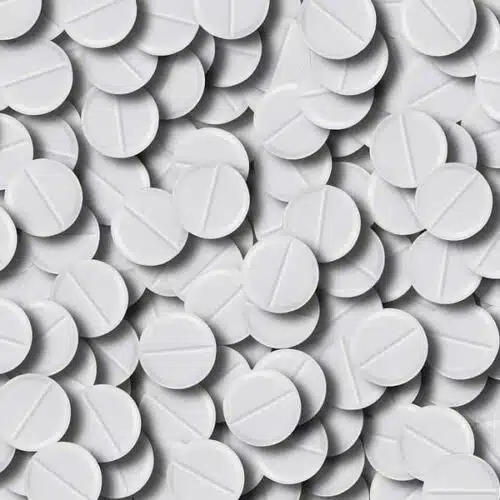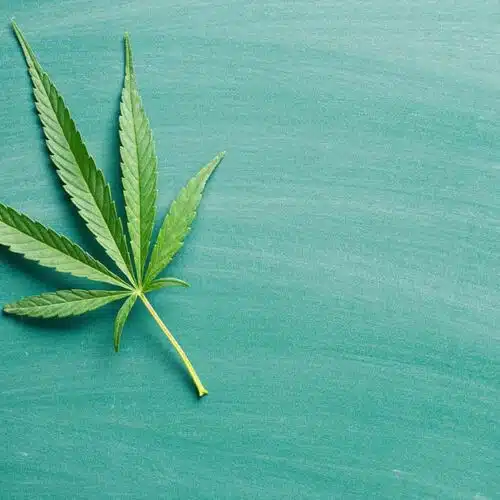A look at the increase of medical marijuana being used as a tool to help patients treat their pain.
Is medical marijuana an effective treatment for pain? Everyone has experienced pain from injuries and illnesses. For most of us, it goes away before we’ve tested out all the treatment options. Those with severe chronic pain have learned that our choices are limited. Medical marijuana may be an alternative. Now that some states are allowing it, we are starting to see some data comparing cannabis to our current standard for acute pain (pain from traumatic injuries or from surgery): prescription opioid painkillers.
Marijuana works on some of the same areas of the brain as opioids–those that perceive pain. The active ingredients may help cancer-related pain. They can also be helpful in some pain related to multiple sclerosis and in HIV and AIDS.
Prescription opioids are absorbed into our blood vessels. Once in the vessels of the brain, transporters help these compounds to travel to their target cells where they bind to specific receptors. That binding leads to pain relief and other positive feelings.
But the brain picks up the increased binding of these receptors. After a few weeks, it starts to remove opioid receptors to lower the signal and decrease receptor binding to where it was before. The opioids are in the blood, but they’re not affecting the brain as much as they did before. That means the same dose of medication has less of an effect and more is needed to treat the same pain. This phenomenon is called tolerance.
If you have pain for a short time, like after surgery, opioids work pretty well.
Postsurgical pain gets better fast enough that the body doesn’t have time to adapt to the opioids you’re taking. If you take opioids for a long time, like for chronic low back pain, you might notice that the medication doesn’t work as well as you expect it to as the weeks and months progress.
While it might sounds similar, tolerance is not the same as addiction. An addiction occurs when a person develops a psychological dependence on the drug. While they might need more and more for the same high, it’s the psychological need for the drug that makes them an addict, not the tolerance they develop for the drug. The problem is that tolerance drives addicts to take even higher doses to satisfy their emotional hunger for the high. Eventually, the amount of drug in the blood can become high enough to cause other side effects. This can eventually lead to a lethal drug overdose.
Doctors use the four A’s to help assess how a pain treatment is working: analgesia, activities, adverse effects and aberrant behaviors. If the treatment helps with your pain (analgesia) and allows you to do more activities like physical therapy, exercise, work or leisure then it makes sense to continue it. But those benefits have to be weighed against the drawbacks. With opioids, many people become drowsy, and constipation is common. Addiction can also develop over time in some people, especially if the medication wasn’t dosed to effectively fulfill the first two A’s. If your medication isn’t working for your pain, talk to your doctor. Adjusting the dose on your own increases the likelihood you’ll be hit with the adverse effects and aberrant behaviors.
Marijuana may be safer than opioid use in the short-term.
It hasn’t caused any lethal drug overdoses and the number of opioid deaths appears to have decreased in states with laws allowing medical marijuana. While the reasons for this are still unclear, it may be that the addition of marijuana is effectively replacing opioids for some people or it might also be boosting the pain relief patients get on the same dose of pain killers.
It’s important to remember that marijuana has side effects as well. It can slow thinking and decrease motivation. There’s also some evidence suggesting it causes permanent changes in the brain, especially in younger users. Smoking cannabis may carry similar risks to smoking tobacco when it comes to lung damage and may also contribute to heart disease.
Some of its side effects can be helpful, though. It increases your appetite, which is useful for patients who are extremely ill, don’t have an appetite and may have lost a lot of weight as a result. Unlike opioids, marijuana treats nausea, a common side effect of cancer treatments.
We need more research to determine what types of pain medical marijuana can treat and how to dose it to balance the benefits it can offer with the cons it can also bring. We also have to define the short and long-term risks. That way, doctors can have meaningful discussions with their patients about what treatment with marijuana will truly look like. With marijuana increasingly legalized, studies will be easier, better and more reflective of real-world situations.
Article written by Devi E. Nampiaparampil, MD
Assistant Professor Rehabilitation Medicine, NYU School of Medicine – doctordevi.com


